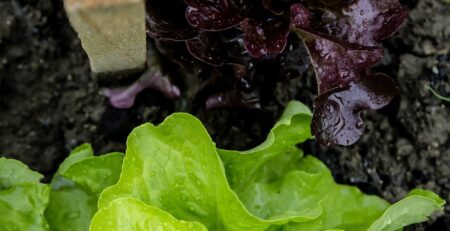Guide: Lawn Care in March
With the arrival of March comes the start of lawn maintenance. After the winter, your lawn will be looking a little rough. A healthy lawn makes it less susceptible to bugs and disease, and while it’s too early to get too in-depth, there are steps you can begin taking now. We’ve compiled a list of tasks you can do to get the lawn ready for a new season.
1. Test your pH
Too much acidity in your soil can inhibit the distribution of nutrients, so testing your pH will help determine if lime needs to be applied. Keep in mind that the lower the number on the pH scale, the more acidic it is. If you’ve got a large area to test, you can use the general guideline of 15-20lbs of lime per 100 square feet of lawn. Lime is available in different forms, but the pelletized is the easiest to apply and is less messy than powder or pulverized.
2. Sharpen your mower
Cleanly-cut grass is less susceptible to disease, so make sure your mower blades are sharp and clean.
3. Remove winter damage
Branches, leaves, dirt, etc. laying on top of your grass can suppress air circulation and lead your lawn to rot. Rake and remove all left over debris.
4. Especially rake up dead, dry leaves.
Damp or wet leaves can smother grass growth, so any and all leaves should be raked up and disposed of.
5. Lightly fertilize.
Start with Scotts’ Step 1 fertilizer to help replenish nutrients lost over the winter. Step 1 also contains a crabgrass pre-emergent to combat the start of crabgrass, which will begin seeding quickly. If you have bare spots on the lawn, top dress with topsoil and add new seed. To fertilize these spots, use Scotts’ Step 1 for Seeding or Scotts’ Starter Fertilizer for smaller areas.











